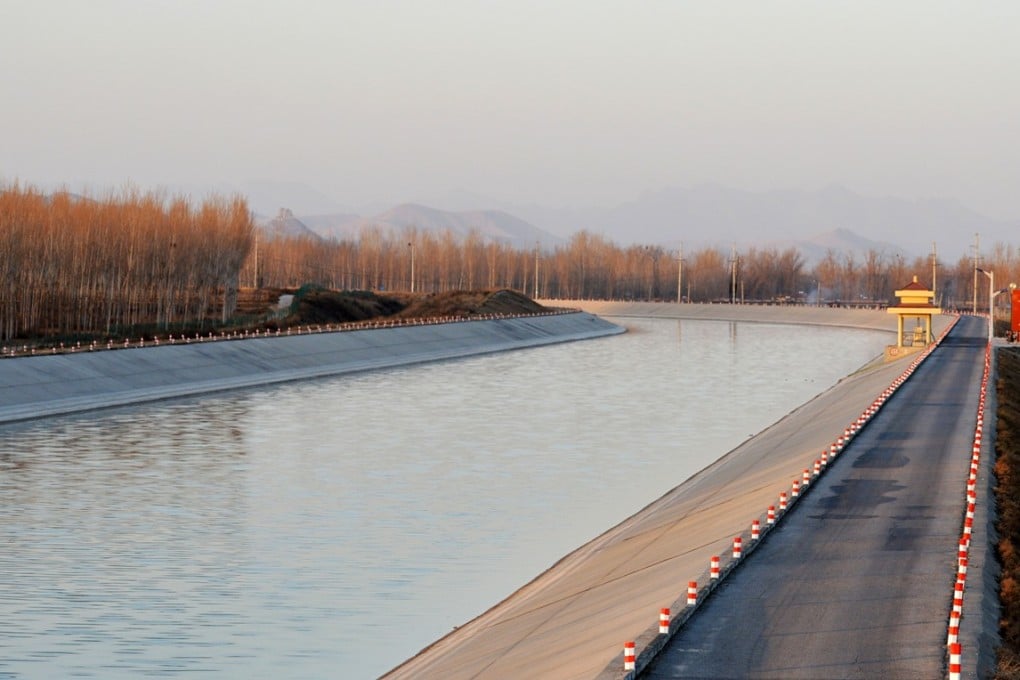True cost of river diversion project to Beijing could take years to determine
New water source will help Beijing but be a curse to other river cities, experts say

Water that has travelled almost 1,500km should be flowing through the taps of one in four Beijing residences by the end of the year as the central route of the massive South-North Water Transfer Project comes into use.
While many residents of the capital will no doubt welcome the new source of water, some experts and officials warn of environmental consequences that could amount to potential ecological disasters.
The first flows are expected to arrive in Beijing over the next five days, following a 10- to 15-day pipeline journey from the Danjiangkou reservoir on the border of Hubei and Henan provinces.
The central route, one of three canal systems in the ambitious project to channel fresh water from the Yangtze River to the more arid north, officially came on stream on December 12.
While pollution fears have largely subsided, government officials and experts acknowledge that the project poses longer-term ecological risks for the Han River, from where the water is drawn, and economic problems for the cities along the river's middle and lower reaches.
An official from the State Council office overseeing the project, who did not want to be named, said that more than 1,000 polluting factories near the diversion source had been closed, and 18 billion yuan (HK$23 billion) had been budgeted for clean-up projects that started in 2006.
"So far the water quality at Danjiangkou is good and stable, but the challenge is how to maintain that quality in the coming years while also allowing local cities to develop," the official said.